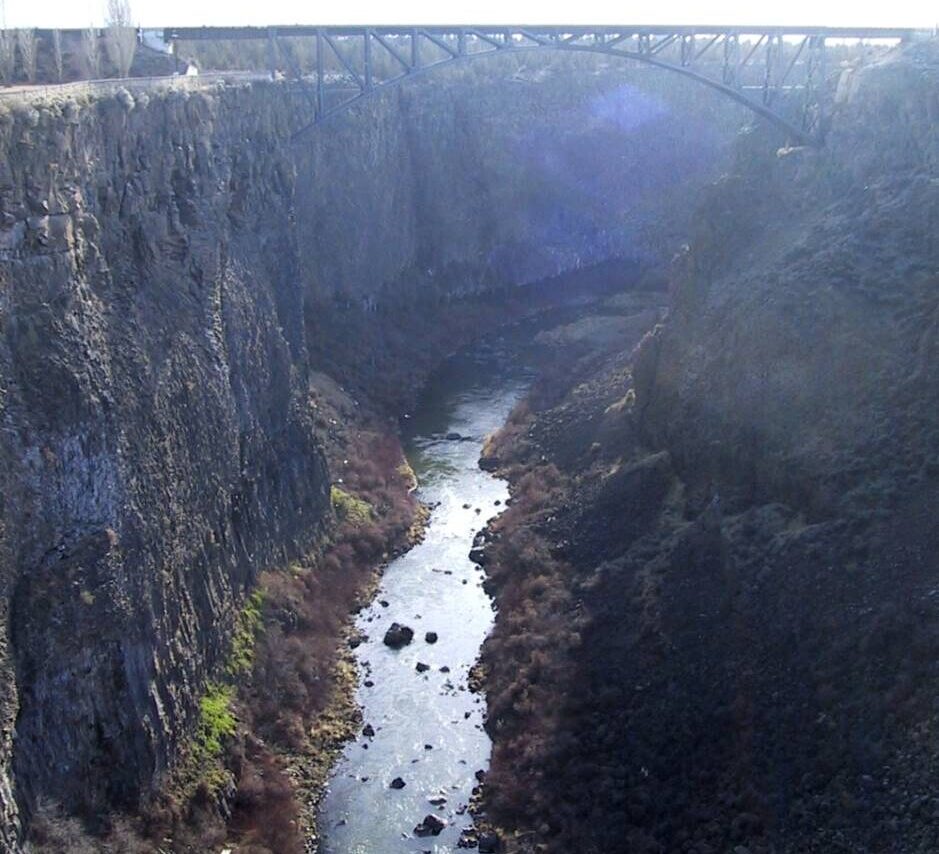How Angler Satisfaction Impacts Fishery Management in Oregon
 Bridge over Crooked River Gorge (Credit: Kris Arnold, via Flickr)
Bridge over Crooked River Gorge (Credit: Kris Arnold, via Flickr)A large part of managing fisheries is keeping angler satisfaction in mind, as anglers are essential to ensuring the longevity of an environment. And keeping those anglers happy often leads to increased public involvement in the habitat as well as anglers who follow regulations and take care of the surrounding resources. While it’s easy enough to recognize that satisfied anglers mean more easily managed fisheries, it’s a bit more difficult to identify what makes one fishing trip better than another. The Oregon Department of Fish and Wildlife conducted a study to quantify what variables impact angler satisfaction when out on the water.
Why Angler Satisfaction is Important for Fisher Management
Most recreational fisheries’ primary goal is to improve fishing quality and optimize human benefit. These two variables are often compounded into maximizing catch rates and fish size to fishers’ benefit; therefore, successful management can be quantified through angler satisfaction. As the study uncovers, angler satisfaction is a bit more complex than simply ensuring catches; anglers can be satisfied with an unsuccessful trip and displeased even when they’re taking home some sizable catches.
However, there is generally a positive trend between fishing success and satisfaction, meaning that managers should consider objectives for fishing success when constructing management strategies. For example, the study notes that if the desired outcome was 90% angler satisfaction, managers might have to plan for high catch rates when designing stocking efforts. While previous literature on the subject has focused most on angler success, the goal of the Oregon DFW study was to identify other variables contributing to satisfaction.
Assessing Angler Satisfaction
The study was part of a bigger look at sport fishing and its effects on native fish populations in Oregon’s Crooked River, said Joshua McCormick, study author and fisheries biometrician. McCormick and his coauthor, Timothy Porter, relied on creel surveys to assess angler satisfaction.
Creel clerks interviewed anglers fishing the Crooked River, asking the number and size of any fish caught, the angler’s satisfaction with their trip, the angler’s age and more. Employing statistical techniques, the researchers modeled fishing satisfaction as a function of the other variables.
“There have been several studies where angler satisfaction was related to fishing success and other variables,” McCormick said. “However, we are unaware of any study that has been able to say that a certain percent of anglers are expected to be satisfied with their fishing trip as a function of what they caught.”
As expected, based on previous research, anglers are more content when they catch more, longer fish per hour. Interestingly, age seems to have a significant bearing on angler satisfaction: Younger fishers take a more experiential approach to casting a line, reporting higher levels of satisfaction even when there are fewer bites.
Conclusion
The Oregon DFW has instituted a weekly fishing report that shares the best bets for weekend fishing as well as sharing recent stocking information, allowing anglers to find the best fishing spot near them. The website also shares a plethora of resources for anglers. By steering anglers in the direction of well-stocked waters, their more likely to enjoy higher catch rates, increasing angler satisfaction.
The Oregon DFW has continued to conduct surveys in order to assess angler satisfaction and priorities. By preempting specific fishing seasons, the Oregon DFW can anticipate angler needs and get ahead of the season months beforehand—taking the seasonal burden off of managers who may have to adjust practices mid-season. Using surveys and feedback from anglers actively fishing in lakes and streams across the state, the Oregon DFW has time to consider necessary regulations and procedures like bag limits, size limits and planned fish stocking before the season begins.


0 comments